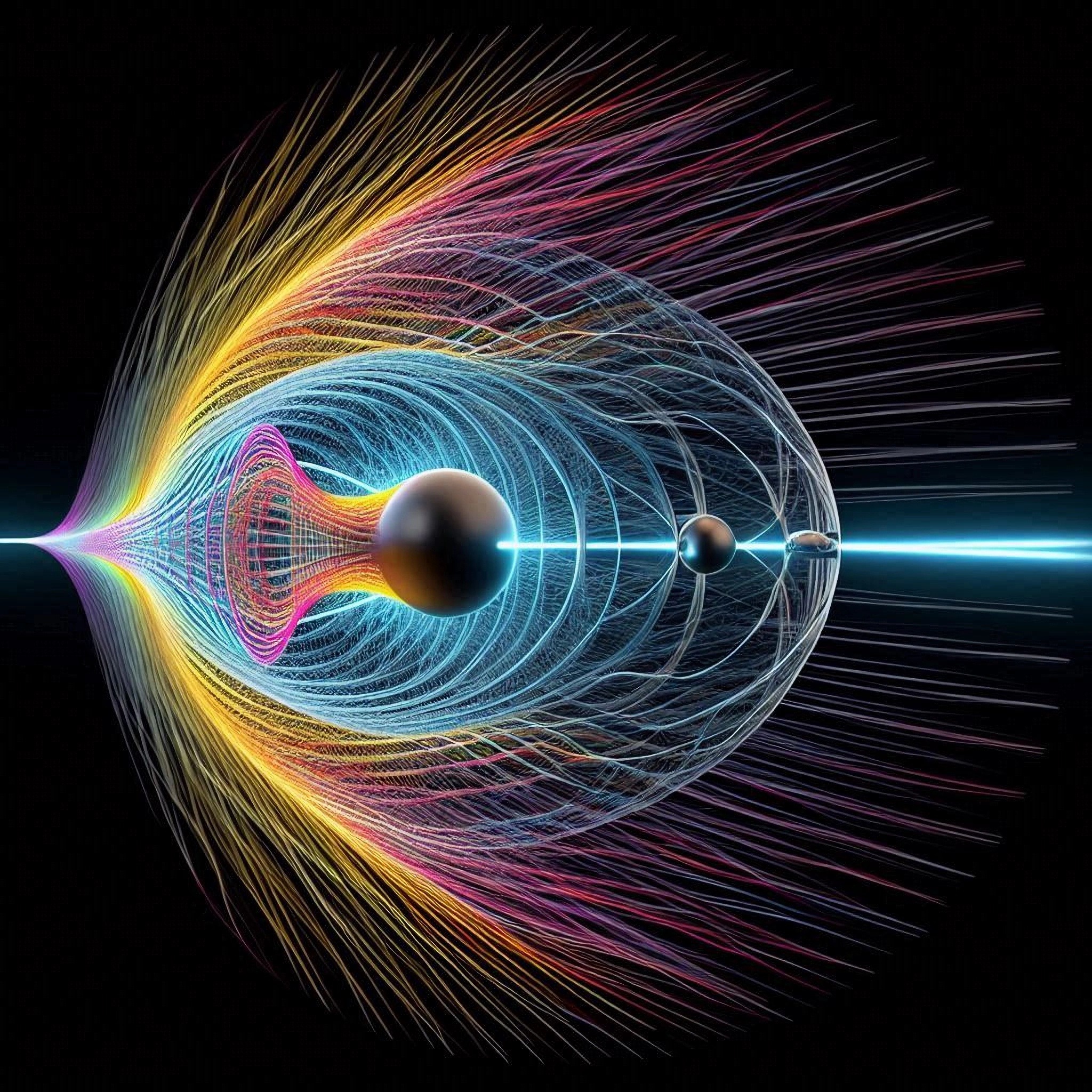Tachyons are hypothetical particles which existence remains a matter of speculation. The most interesting thing is that the property of tachyons contradicts the physics itself, because they are considered superluminal, that is, those that always move faster than light. So far there is no evidence for the existence of tachyons, as well as many other particles that probably make up our Universe. Some physicists believe that tachyons may offer solutions to certain problems in elementary particle physics and field theories. However, a study published in Physical Review D argues that previous doubts about the plausibility of tachyons have been unfounded.

Skepticism about tachyons
For a long time, the tachyon aroused skepticism rather than enthusiasm in theoretical physics. Its existence contradicted a number of fundamental principles. For example, it was assumed that the tachyon field had internal instability and that the number of particles themselves could vary depending on the reference frame of the observer, which called into question the objectivity of physical reality.
However, a recent study conducted jointly by scientists from the Universities of Warsaw and Oxford offers a new perspective on the tachyon problem. In their work, the physicists hypothesize that all previous controversies have arisen because our understanding of quantum processes is incomplete. The key point, according to them, is the need to consider not only the initial but also the final state of the system when describing the behavior of tachyons.
To better understand the nature of tachyon, it is necessary to abandon the usual linear perception of time. Imagine a movie that can be watched from either the beginning or the end, with the plot remaining logical and complete. It is this “backward” approach to time, according to the authors of the study, that is the key to understanding the nature of the tachyon. In such a case, the tachyon theory becomes mathematically consistent.

The introduction of the “inverse principle” allowed physicists to solve most of the problems associated with the existence of tachyons. Moreover, the new theory offers surprising prospects for understanding other quantum phenomena, in particular the mysterious connection between particles known as quantum entanglement. It was previously thought that this connection was only possible between particles in the present tense, but the new theory suggests the possibility of entanglement between past and future, weaving reality into a bizarre loop of time.
Can something break the light speed barrier?
The short answer to the question of whether something can exceed the speed of light at 299,792,458 m/s is no. Although physics notes that for any body that doesn’t even have mass, the speed of light is the limit. However, tachyons have a number of strange properties: for example, their mass is imaginary. That is, it is expressed by a number that is the square root of a negative quantity, which means in theory they are able to overcome the barrier of the speed of light.
Of course, the question remains: is the tachyon merely a mathematical abstraction, the product of a sophisticated mind but devoid of physical meaning, or is it waiting to be discovered in the depths of the Universe? Scientists lean toward the second option. In their opinion, tachyons could play a key role in the early stages of the formation of the Universe, participating in the processes that led to the formation of matter.
Be that as it may, the tachyon is already changing our view of quantum reality. This phantom, capable of moving through time in both directions, forces us to rethink the most fundamental laws of physics and opens new horizons for scientific research.
Earlier we reported on how the most energetic neutrino in the history of science was recorded at the seafloor.


